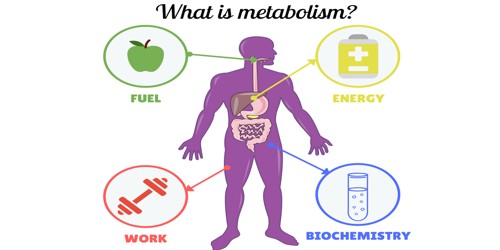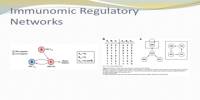The world’s most biodiverse tropical forest confronts numerous environmental risks, as shown by a large study into landscape changes in the Brazilian Amazon, but it also presents an optimistic potential for ecological sustainability.
The study’s findings are crucial because they offer a solid scientific base to support critically required conservation and regeneration goals in the forest as the Amazon gets closer to a “tipping point.” They demonstrate that benefits can be obtained by taking a variety of steps, including but not exclusively stopping deforestation.
An international team of scientists from Brazil and the UK conducted the study, which was just published in the scientific journal Proceedings of the National Academy of Sciences (PNAS). In two areas of the Brazilian States of Pará Santarém and Paragominas, they looked at the ecological effects of the alterations people are making to forest environments.
“While the focus to date has been on deforestation, we know tropical forests landscapes are being altered by a much broader range of human activities,” said lead researcher Dr. Cássio Alencar Nunes from Universidade Federal de Lavras in Brazil and Lancaster University in the United Kingdom.
“These modifications include deforestation and degradation of primary forest, for example through selective logging and fires, but even deforested landscapes are changing as agricultural abandonment leads to secondary forest regrowth. As a result, many tropical landscapes are now a mosaic of non-forest land uses, regenerating secondary forests, and degraded primary forests.”
The researchers found the transitions that are frequent and have substantial ecological implications, as well as those that have significant impacts but are less common, by examining the pace of transformation between various land-uses and their effects on the ecological situation.
“Our results have revealed a richer understanding of how people are affecting the Amazon and its ecosystem,” said Dr. Alencar Nunes.
By reducing the amount of land that is converted to mechanical farming, and by allowing secondary forests to regrow, we can deliver significant ecological restoration gains in the Amazon. Our analysis helps to define and prioritise the local and regional actions required to stimulate a better Amazonia.
Dr. Alencar Nunes
The researchers examined more than 2,000 species of trees, lianas, birds, and insects while collecting data from 310 plots to see how changes affect biodiversity. They also studied the characteristics of soil and carbon.
The pace at which the landscape has altered over the previous ten years was measured using public data from 2006 to 2019 by the researchers as well.
According to their findings, 24,000 km2 of primary and secondary forests were converted per year to pasture through deforestation. They discovered that in plots with primary or secondary forest conversion to pasture or mechanized agriculture, the species richness of practically all biodiversity categories decreased by 18 to 100%.
However, they happened less frequently than the conversion of forests to grassland, which had a greater ecological impact.
“Deforestation of primary forests to create pasture is the most damaging land-use change in the Brazilian Amazon,” said Dr. Alencar Nunes.
“Our results show that transitions from primary forests to pasture were always classed as ‘high impact, high rate’ for biodiversity, carbon storage, and soil properties. This underlines the critical and urgent importance of combating deforestation, which has been increasing in the past few years.”
The report did, though, point out chances for constructive action, such as emphasizing the significance of safeguarding secondary forests and enabling them to develop. They discovered that as immature secondary forests became older than 20 years, the diversity of giant trees doubled and the diversity of small trees rose by 55%, resulting in increases in biodiversity and carbon storage.
Other findings revealed less evident degradation processes that are impacting the ecology of the Amazon. They discovered that switching from one style of farming to another, from cattle grazing to more intense mechanized agriculture, similarly reduces biodiversity, with ant and bird diversity declining by 30% and 59%, respectively.
Dr. Alencar Nunes said: “These are important findings as they show that there are a multitude of actions that can be taken to protect and improve the ecology of the Amazon. When farmers switch land from pasture to growing crops using mechanized agricultural methods, that is also impacting on biodiversity, but it is a process that is largely hidden when compared to deforestation.”
“By reducing the amount of land that is converted to mechanical farming, and by allowing secondary forests to regrow, we can deliver significant ecological restoration gains in the Amazon. Our analysis helps to define and prioritise the local and regional actions required to stimulate a better Amazonia.”
The work has additional implications for conservation and policy, according to co-author Jos Barlow, professor of conservation science at the Lancaster Environment Centre of Lancaster University.
He said: “Our results emphasise yet again the importance of tackling deforestation, as well as the additional benefits of avoiding degradation and enhancing the permanence of secondary forests. However, achieving this will require transforming the way the Amazon is currently being managed, including a much better integration of science, policy, and local practices.”
“We also highlight the need to focus on biodiversity as well as carbon in tropical forests of the three ecosystem components that we analysed, biodiversity was the most affected by all the land-use changes. We hope that biodiversity can be included in climate change mitigation actions, and that this will be emphasised in the upcoming COP15 on Biodiversity.”
















